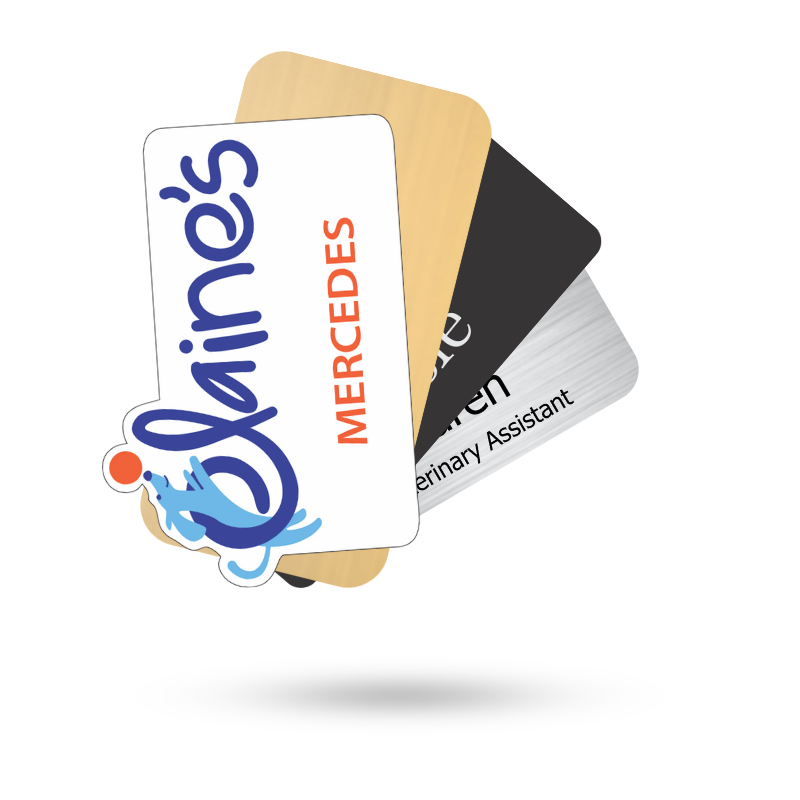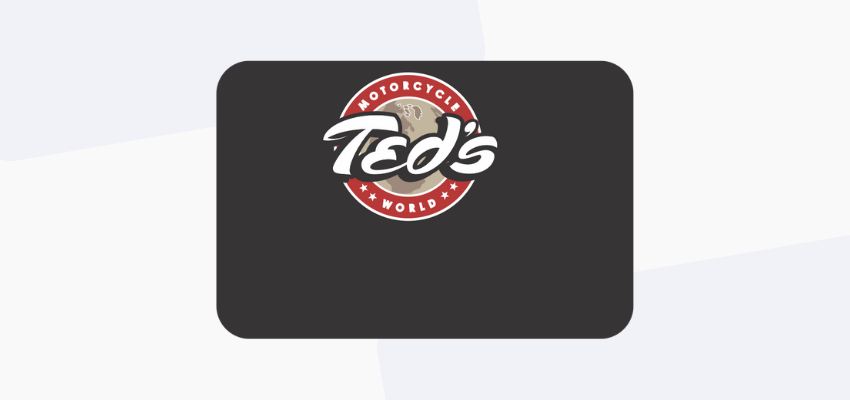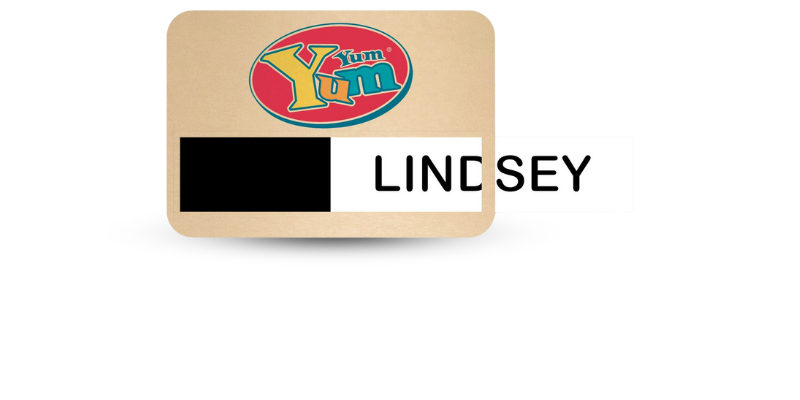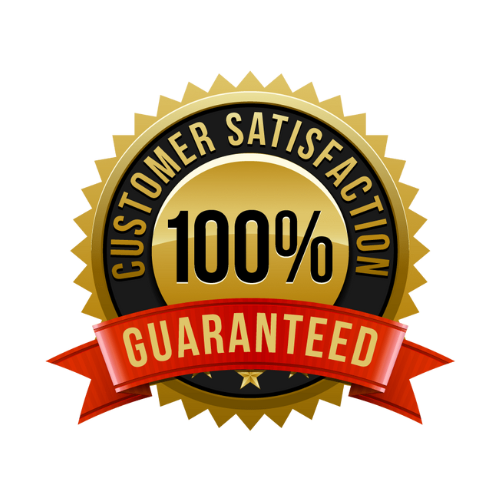Marketing Tips for Small Businesses and Startups
Nearly half of the workforce in the US is hired by small businesses. That’s a pretty astounding fact. In an average year, about 600k new businesses register. In 2021 alone, over 5 million new businesses were registered. That is the highest on record to this point. Let’s start with the differences between a startup and a small business.
Startups and Small Businesses

What is a startup?
A startup is a young company that was founded by an entrepreneur who developed a service or product to match current demand. A startup is a venture that is rooted in innovation. They are focused on one thing that remedies a deficiency or creates a brand-new category of goods or services. Most regular companies just duplicate things that have been done before. However, the startup tries to create a brand-new template. Speed and growth are distinguishing factors of startups. They tend to build on their ideas quickly. In most cases, the startup founder intends to disrupt the market with a business model that makes a huge impact, and then they hope to take over the market.
What’s a small business?
Small businesses, on the other hand, are self-sustaining organizations that have a business model, and they start generating revenue from their first day. Operating a small business does not require growing into a big market. They just need to be able to market. A small business wants to reach and serve its market efficiently. Some examples of small businesses include local stores and delis, coffee shops, electricians, and plumbers. These are not disrupting industries like the startup. Instead, they just want to be profitable within the existing industry.
The goal of a startup is to scale up quickly. They are usually fresh, collaborative, innovative, and focused on fast growth. Small businesses usually fall into an existing business model that is already well-established. They focus on efficiency and productivity. The two are similar in that they share these requirements:
- Introduction of their brand
- Building their brand
- Making their brand stand out
Introducing A Brand
A business of any kind must exhibit originality by creating branded business products that help tell their story. For example, business cards are still an effective way to legitimize a business in a unique and fun way. They may be high-end cards with features such as embossed, geometric shapes, or foil. They may be budget-friendly practical cards that tell your business’ story. Brands incorporate various colors and patterns that set them apart and make them memorable to potential and loyal customers.
Other ways to introduce a brand include designing branded products like packaging, folded cartons, and pouches. You may choose to add a branded sticker or stamp. Stationary is still a great tool for helping to establish a brand.
Building A Brand
Product labels can be used to tell a story. There is some research that indicates well-designed labels have the power to help build a brand, create preferences, and drive impulse purchases. Using high-quality branded merchandise, gifts, and apparel can turn your employees and customers into live endorsements for your business or brand. Building your brand helps build loyalty as well as engagement. This usually involves using your full-color logo on items that you use every day for your business. For instance, your brand needs to be where customers and potential customers can see it. A lot! Put in on items like:
- Employee name tags
- Banners
- Promotional products
- Stationary
- Window decals
Make Your Brand Memorable
You’ll want to create a strategy that helps ensure your brand is memorable and stands out from your competition. Creating a logo and other branding elements is essential. Make sure it remains consistent across all your customer-facing materials. Your brand can increase visibility and recognition for you.
Let Name Tag Pros Help!
One item that your small business customers will see a lot of is your employees who are serving them. Equip your employees and staff with high-quality full-color logo name badges from Name Tag Pros. We’ve got decades of experience at creating eye-catching well-designed name badges. Contact us today and let us help you with your marketing and branding efforts.
Share Article
Categories







